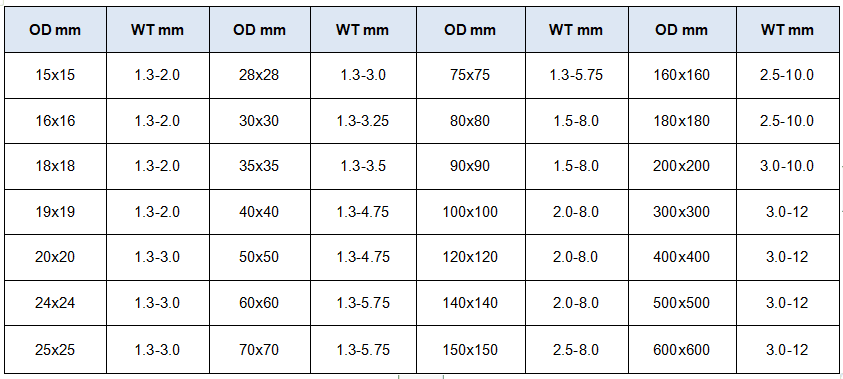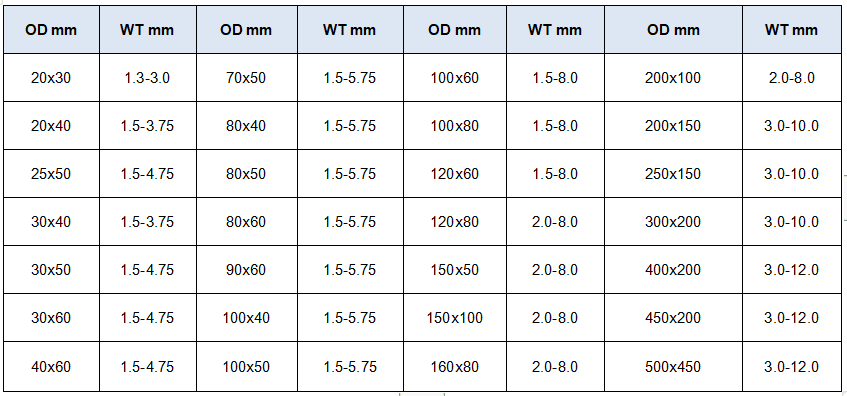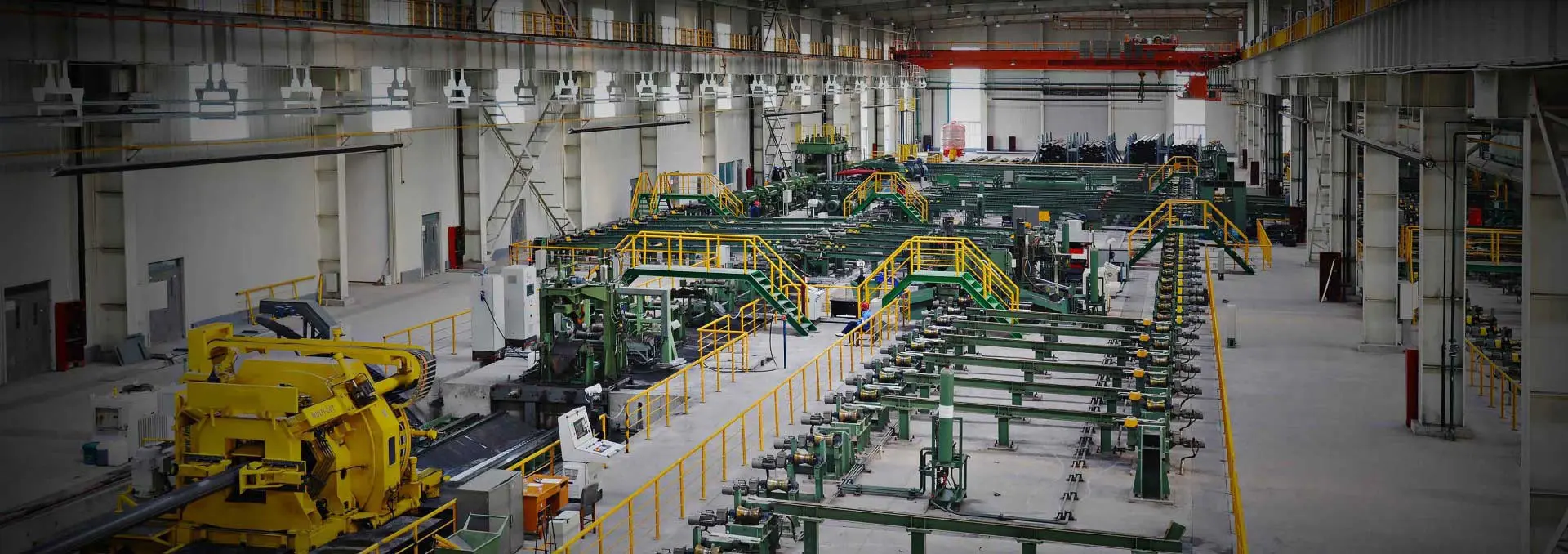BS 1387 Hot-Dip Galvanized Steel Pipe refers to welded or seamless steel pipes manufactured in accordance with British Standard BS 1387 and coated with a hot-dip galvanized zinc layer. These pipes are widely used for water, gas, and air transportation, as well as in construction and industrial systems.
Overview of BS 1387 Standard
The BS 1387 standard applies to welded, seamless, and threaded steel pipes designed for fluid transportation, building structures, and general industrial applications.
It ensures the safety, durability, and performance of pipes used in systems such as pressure vessels, and water, gas, and steam lines.
Although BS 1387 has been superseded by European standard EN 10255, it remains in widespread use in many existing systems and regions.
When replacing older BS 1387 pipes, it is essential to verify the outer diameter to ensure compatibility—improper sizing can cause loose threaded connections and potential leaks.
Hot-Dip Galvanizing Process
Hot-dip galvanizing involves immersing thoroughly cleaned steel pipes in molten zinc at approximately 450°C.
This process forms a dense zinc–iron alloy layer topped with pure zinc, creating a sacrificial protective barrier.
Even if the surface is scratched, the zinc layer corrodes preferentially, protecting the underlying steel from rust and corrosion.
This provides long-lasting protection, particularly in outdoor or harsh environmental conditions, greatly extending the pipe’s service life.
Key Feature:
Threaded ends make installation convenient with standard threaded fittings.
Common Market Names:
“Water and Gas Pipe”
“Galvanized Steel Pipe”
Types and Grades
Standard: BS 1387
Process Type: Seamless or Welded
Shapes: Round, Square, Rectangular
Typical Lengths: 5.5m, 5.8m, 6m, 11.8m, 12m (custom lengths available)
Applicable Standards: ASTM, DIN, JIS, BS, GB
Classification by Wall Thickness:
Light: For low-pressure or indoor water supply systems.
Medium: Standard type, most commonly used in general water, gas, and air applications.
Heavy: For high-strength and long-service applications requiring extra durability.
Coating Grades (Zinc Coating Weight):
Class B: Light galvanizing, ≥375 g/m²
Class C: Heavy galvanizing, ≥475 g/m², providing extended corrosion resistance.
Common Dimensions
|
Nominal Size
|
Outer Diameter (mm)
|
Wall Thickness (mm)
|
|
1/4" – 4"
|
21.4 – 114.3
|
2.35 – 5.90
|
Pipe End Options
BS 1387 galvanized pipes can be supplied with plain, threaded, or socketed ends to accommodate different connection needs.
Threaded Ends:
Typically machined with tapered threads (BS 21, now ISO 7-1 standard), allowing easy installation with threaded fittings such as elbows, tees, and couplings.
This connection method eliminates the need for welding and simplifies onsite assembly.
Quality and Testing Requirements
Each BS 1387 pipe must undergo rigorous quality testing to ensure reliability and compliance, including:
Hydrostatic testing — verifies pressure tightness and strength.
Flattening test — assesses material soundness and ductility.
Flaring test — checks for deformation resistance and manufacturing integrity.
Round Galvanized Steel Tube Specification

Square Galvanized Steel Tube Specification

Rectangular Galvanized Steel Tube Specification

Applications of BS 1387 Hot-Dip Galvanized Steel Pipe
BS 1387 hot-dip galvanized steel pipes are versatile and widely used in both residential and industrial environments. Their strength, durability, and corrosion resistance make them suitable for various applications, including:
Low-Pressure Fluid Transport:
Ideal for conveying water and steam in residential and commercial buildings — commonly used for cold water supply systems and fire sprinkler networks.
Gas Piping:
Used in indoor and outdoor low-pressure gas distribution systems, ensuring safe and reliable gas delivery.
Construction and Infrastructure:
Suitable for indoor and outdoor structural installations requiring long-lasting, corrosion-resistant piping materials.
Compressed Air Systems:
Applied in factory workshops for low-pressure compressed air transmission and pneumatic tool systems.
Building and Structural Uses:
Extensively used in scaffolding, greenhouses, fences, and other light structural frameworks due to its high strength and durability.
Advantages and Disadvantages of BS 1387 Hot-Dip Galvanized Steel Pipe
Advantages
Excellent Corrosion Resistance:
The zinc coating formed during the hot-dip galvanizing process provides long-term protection against rust and corrosion, even in outdoor or humid environments.
High Mechanical Strength:
Compared with plastic pipes, galvanized steel pipes offer superior impact resistance and structural strength, ensuring reliable performance under mechanical stress.
Easy Installation:
Threaded connections simplify installation, requiring fewer tools and allowing for quick on-site assembly without the need for welding.
Fire Resistance:
As a non-combustible material, it is ideal for fire protection systems and high-temperature environments.
Disadvantages
Heavier Weight:
The steel material makes the pipe heavier, increasing transportation and installation labor costs compared with plastic alternatives.
Higher Internal Friction:
The inner wall is less smooth than that of plastic pipes. Over time, the zinc layer may peel or form scale, reducing flow efficiency.
Higher Material and Installation Cost:
Both the pipe and its installation cost more than modern plastic options such as PPR or PVC pipes.
Outdated Standard:
As BS 1387 is an older specification, it has largely been replaced by newer standards (e.g., EN 10255) and is generally not recommended for new projects.

 English
English Español
Español




 Tel : +86-18565811709
Tel : +86-18565811709 Email :
Email : 



 News
News




